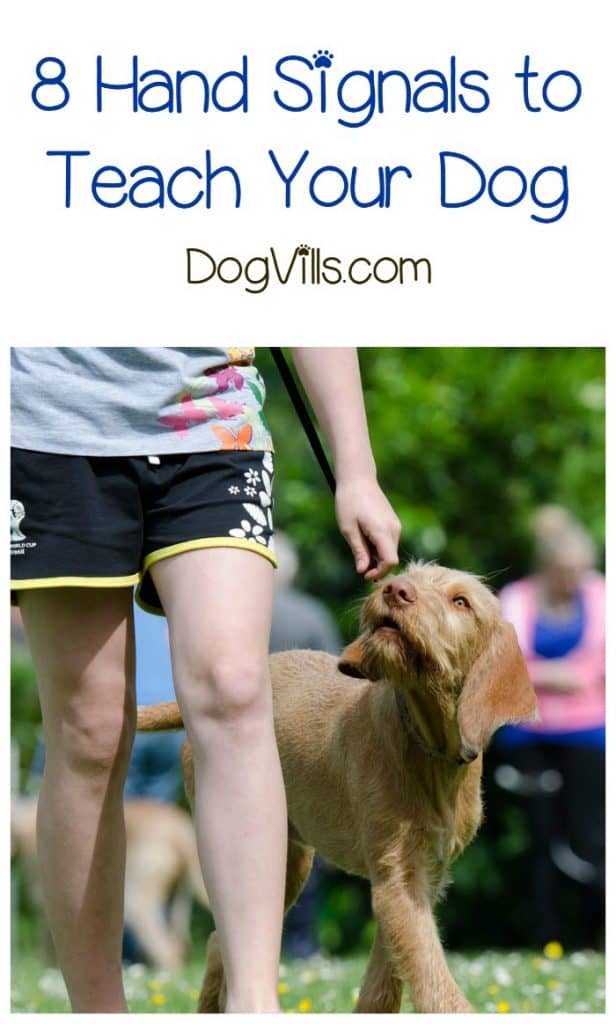
We recommend using small training treats that are appropriate for your dog’s size. It will help her connect the gesture to the action. This will let her know that she did the right thing. When she performs the trick, give her a treat.

When you’re teaching your dog a new command, be sure to have some treats ready. Then, open your fist into a palm for your dog to place the item. To do the “drop it” hand signal, place a fist in front of where the item is, such as in front of your dog’s face. It can be used whether you’re playing a game of fetch or if your dog has gotten ahold of something she shouldn’t have. When your dog has something that you want, this is a useful trick for her to know. But when I use the “ok” hand signal, he trusts the situation more and moves forward. For some reason, he thinks the box is going to eat him alive and refuses to get the toy. For me, my dog is sometimes afraid when his toy lands near a box. “Okay” can also be used if your dog isn’t sure about something.

For example, if I’ve commanded him to sit and stay, I will this hand sign paired with “ok” to let him know he can get up and eat the treat. I use this hand gesture when I’m telling my dog it’s okay to do something and he has my permission. Whichever you choose, the most important thing is that you’re consistent and that you use different gestures for each command. Some people also use the common “come” motion by swaying their palm toward themselves. To do this gesture, sweep your open hand across your chest to the opposite shoulder. You can use this command to call your dog back when they’re getting into something, wandering off too far or when you’re ready to go home from the dog park. “Come” is another basic command to teach your dog, although it can be a harder one to teach if your pup gets distracted easily. When you first start training her, remember to have her do the action so she understands what she’s pairing the hand signal to. To do this, you can stand with your hand up and your palm open, as if you have something in your hands. Probably the most basic trick you’ll teach your dog is “sit.” It’s useful whether you want your dog to listen, stay in place or stop doing something. Here’s some common hand signals for dogs. If you’re training your dog, it’s a good idea to pair their action with a visual cue before a word. But that teaching is typically sped up by using a hand gesture in replacement of a word at first. That’s not to say words don’t matter-they definitely do.

So when we take that logic into dog training and communication, our dogs are more likely to respond to hand signals or some sort of visual cue rather than an audio command, like a word. But when singled out, sight was 3 times more effective than just sound. Of course, the dogs who could use all 3 performed the best. One study tested 11 dogs and compared 3 senses: sight, sound and smell. Many experts and dog trainers will say that gestures are more important than words. After she learns this, you can start using the word “lay down.” Then use the hand signal with the trick again in future sessions to keep reinforcing it.

Keep doing this multiple times during the session to reinforce what the hand signal means. For example, if you’re teaching your dog to lie down, you can make a hand signal-such as pointing down-when she does the action.


 0 kommentar(er)
0 kommentar(er)
